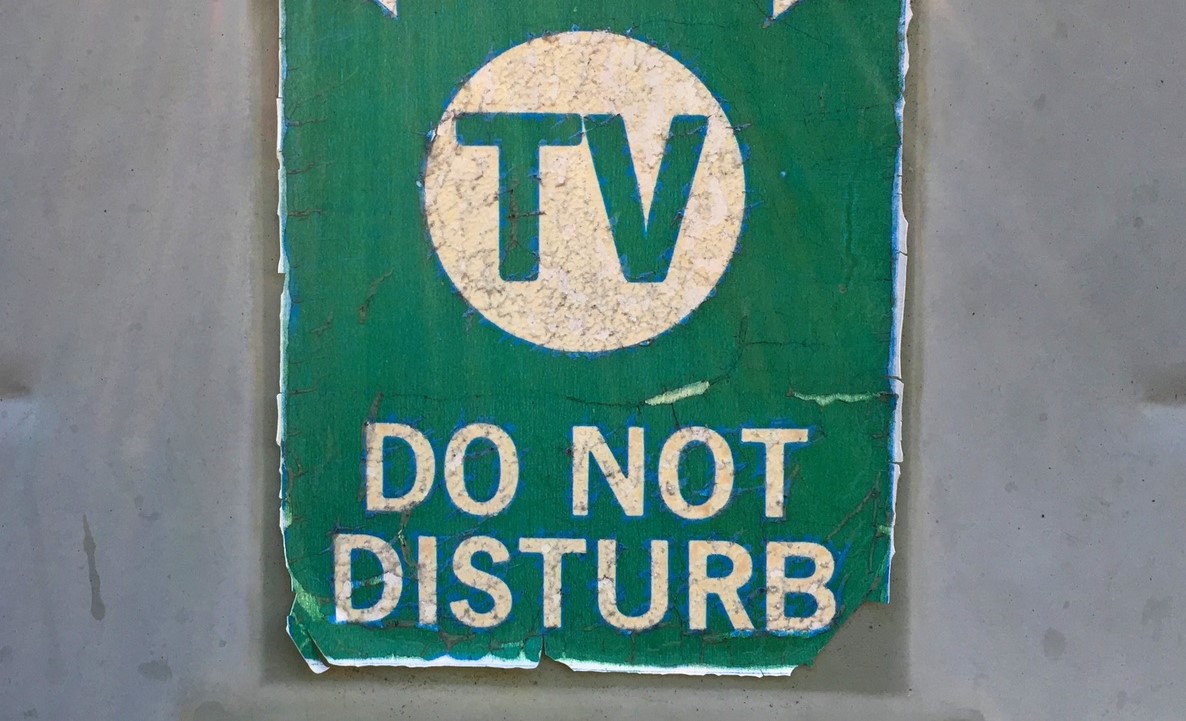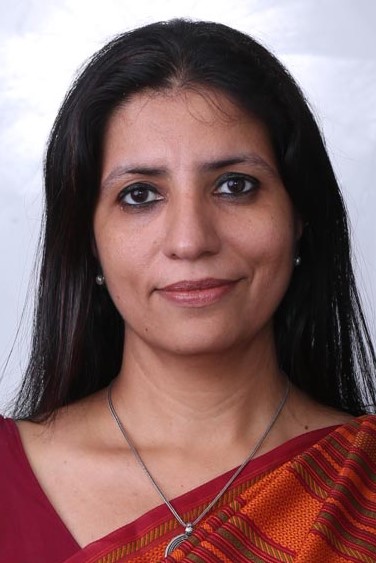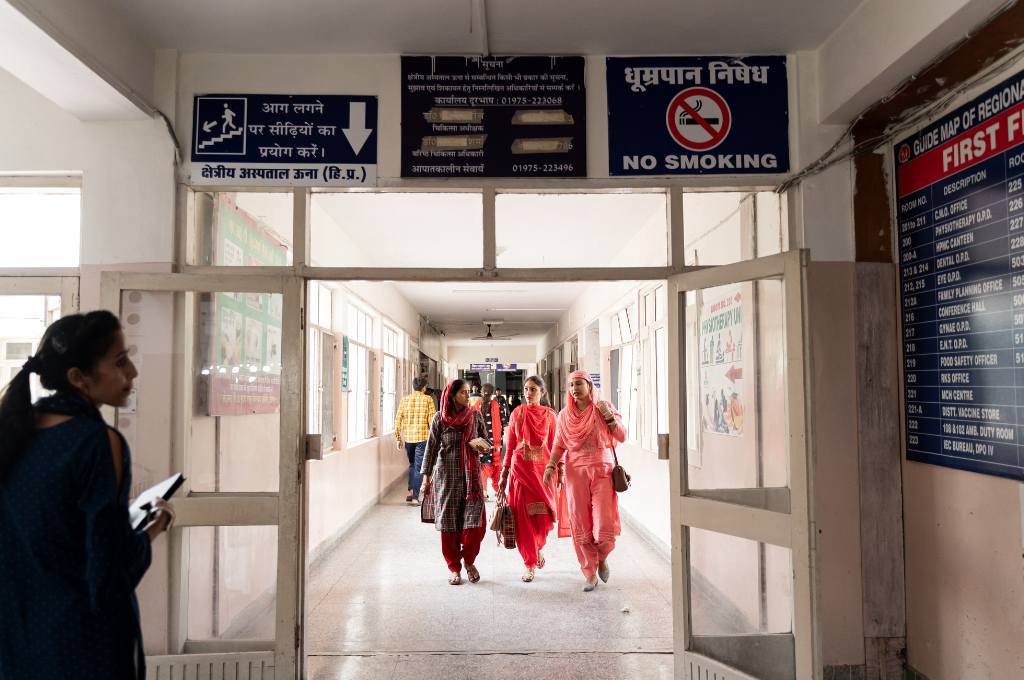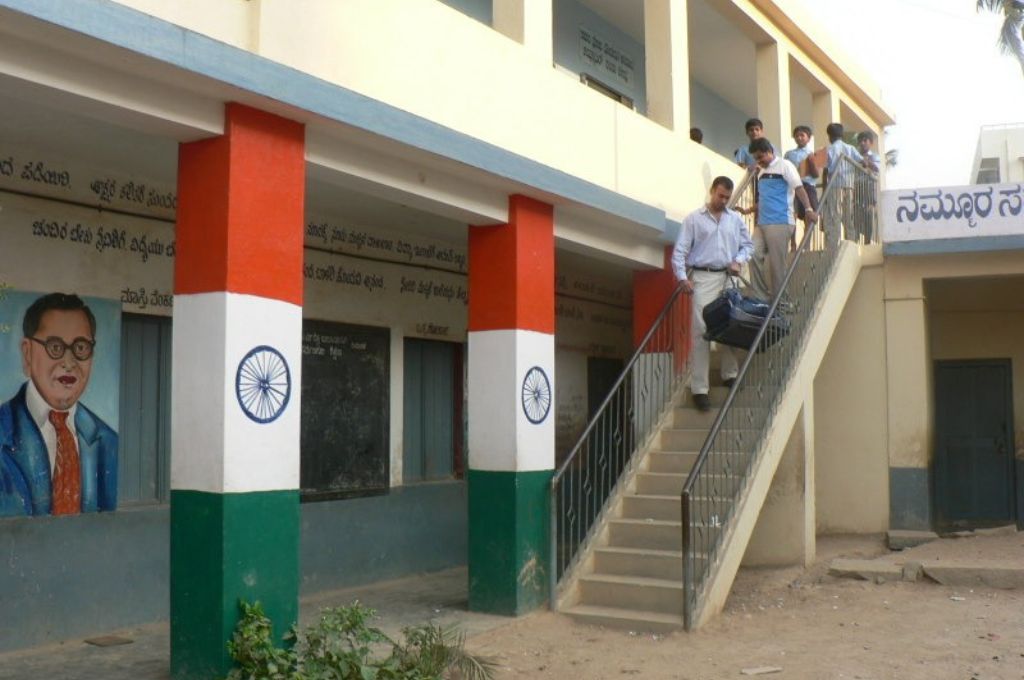Does what you view impact your behaviour? Albert Bandura, an influential pioneer in social cognitive theory, showed that it did. Back in the late 1970s, his studies showed that children who viewed violent images on television also demonstrated more aggressive behaviour than those who viewed neutral content. The work of other noted scholars such as Christina Bicchieri, has shown that individuals learn from watching others and that these observations become behaviours and social norms that are deeply embedded in the collective community mindset.
Now imagine the implications of these findings in an era where screen time has overtaken face time. The Broadcast India 2018 survey finds that in urban areas, the average time spent watching television per day is about 4 hours, while in rural India, it is 3 hours and 27 minutes. According to the survey, TV homes in the country have seen a 7.5 percent jump, outpacing the growth of homes in India at 4.5 percent. India boasts of 298 million homes, of which 197 million have a TV set. This creates the opportunity to add 100 million more TV homes. In addition to television, mobile phones, first known as the ‘second screen’ have become the device of choice to consume content.
We are therefore inclined to ask: does the content on these multiple screens influence how individuals, families, and communities think and behave, and if so, how can it be leveraged to have a positive impact? Entertainment education (EE) — which is entertainment media that incorporates an educational message to the audience to increase their knowledge about an issue, and create favourable attitudes that can change overt behaviour — is showing us that it does. In fact, researchers have found that television viewing of soap operas has an effect equal to 1.6 years of additional education. So, can we leverage content on screens to educate and create positive change through repeated messaging, powerful storytelling, and strong characters?
Related article: Seven ways to create entertainment with impact
Characters change the narrative and our mindsets
There are some fundamental reasons why long-format and character-based content, notably, soap operas, are effective in changing behaviours. Firstly, unlike commercials and campaigns, soap operas are multi-episode series that are viewed over a long duration. Second, these scripts are built around a relatable but powerful character. These characters, in turn, have an impact on us as viewers. Indeed, the journey of a strong character takes viewers into a world where they start seeing themselves in the character. As these characters transition — taking tough calls, overcoming situations, challenging social norms, and succeeding — viewers’ mindsets about issues also begin to change. New role models, frames of references and their decisions become acceptable and possible.
India boasts of 298 million homes, of which 197 million have a TV set.
Take for example, Main Kuch Bhi Kar Sakti Hoon (I, A Woman, Can Achieve Anything), a TV series made by Population Foundation of India, and funded by Bill & Melinda Gates Foundation, where I work. The plot is built around a strong-willed female lead character Dr Sneha Mathur, a young doctor who leaves behind a lucrative career in Mumbai to work in a small town. The series was scripted to influence social norms and behaviours on sex-selection, child marriage, spacing between pregnancies, quality of healthcare, and domestic violence — largely difficult and taboo subjects to deal with. An Interactive Voice Response Service (IVRS) accompanies the TV series, providing a discussion forum for 1.7 million viewers as well as a platform to share feedback. Research by Dr H. Wang and Dr A. Singhal has demonstrated how an open, democratic, audio-centric platform can shed light on audience discourse that is triggered by content. The IVRS provided an avenue for user-generated discussion, saw participation from men, women, and youth, and spurred pro-social actions that were inspired by the story line and characters. This is telling of post-viewing impact and engagement possibilities.

Researchers have found that television viewing of soap operas has an effect equal to 1.6 years of additional education. | Picture courtesy: PxHere. This image is licensed under CC BY 2.0
Related article: When real life mimics ‘reel life’
Right messaging can trigger reflection and behaviour change at scale
Broadcasting soaps and other forms of entertainment education via mass media is an opportunity to influence not only the mental models of individual viewers but also the mental models that are accepted by the wider society, creating possibilities for large-scale change. Since our decisions are impacted by family and community, it benefits individuals when others view similar messages. Interestingly, BARC India data finds that India is a country that is driven by family viewing, and this shows in the increase in the number of TV households. Such collective viewing habits indicate that an entire household’s mindset can be changed together. This is particularly noteworthy in India, where decision-making rights are often vested in the family and not in the individual.
Entertainment education can serve as a social mobiliser, an advocate, or an agenda setter by encouraging difficult, but important conversations.
For example, women and girls typically do not have the agency to influence decisions about their bodies and their health. The teledrama AdhaFULL or ‘Half-full’ — produced by BBC Media Action in collaboration with UNICEF – addresses issues such as underage marriage, sex-selective abortion, and sexual health of adolescents, to generate critical conversations among young Indian viewers and their parents. This initiative and others have demonstrated that messages provided in the context of everyday life can change a listener’s expectations about the possibilities of adopting new practices. Entertainment education can serve as a social mobiliser, an advocate, or an agenda setter by encouraging difficult, but important conversations.
Academics have demonstrated that there is a link between what we see and how we behave. Data tells us that we are spending more time on our screens. Together these facts are full of caution and promise, for content creators and scriptwriters to take note for the type of content they produce, and leverage the power of screens to promote positive attitudes on key social issues. And indeed, while more studies to chronicle the impact of viewing on socials norms are needed, there is now enough evidence available to suggest that consistent exposure to media can bring sustained change.
Disclaimer: The views expressed in this article are personal.




